Everything You Need to Know About Mezcal—Mexico’s Complex, Agave-Based Spirit
Find out why it’s never been a better time to enjoy mezcal.
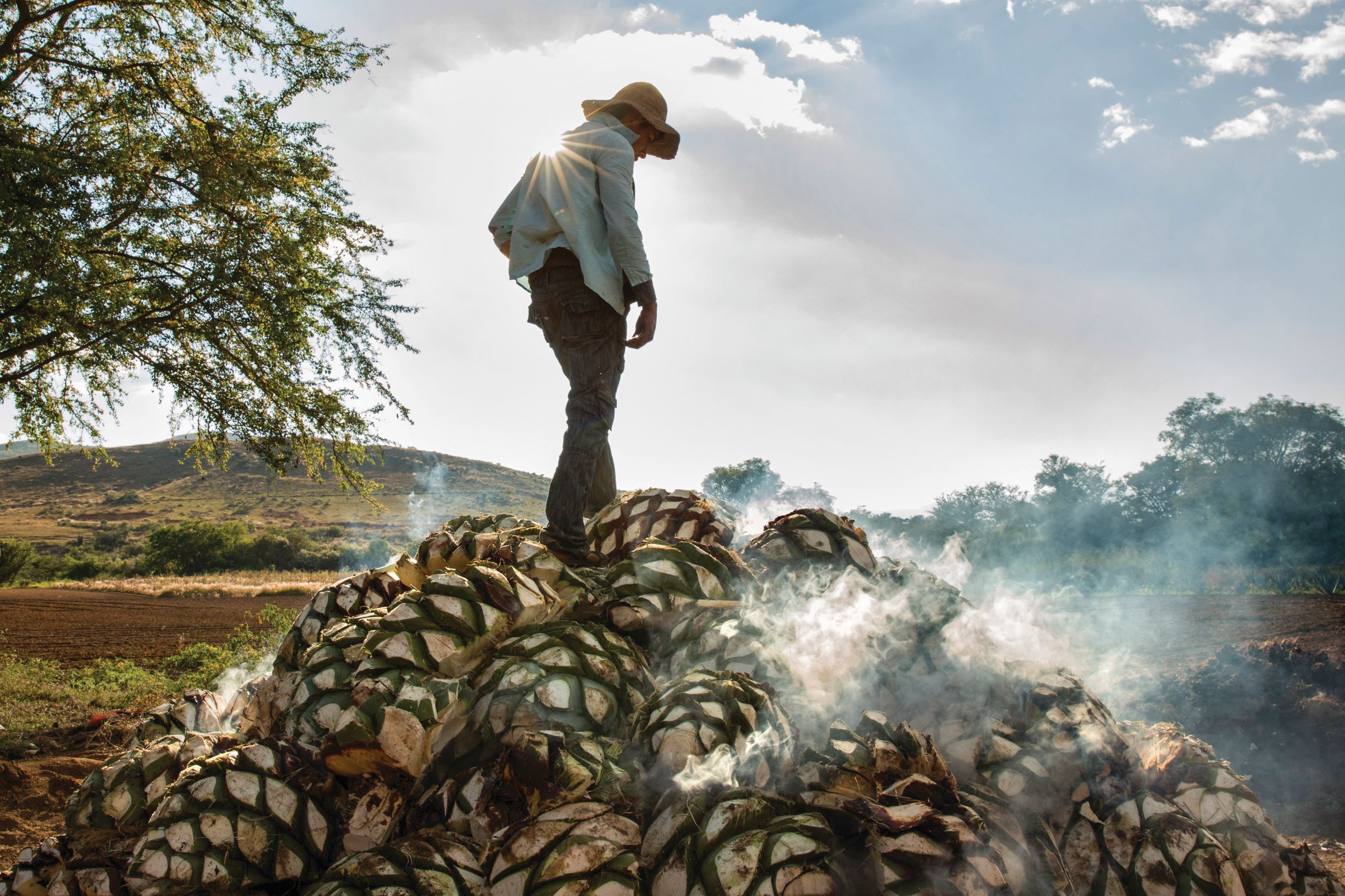
All too commonly, and quite ignorantly, dismissed as tequila’s “smoky cousin,” mezcal remains one of the most nebulous and misunderstood spirits in the world of alcohol. The mythology of Mexico’s indigenous Zapotecas tells of a lightning bolt striking an agave plant, releasing its cooked and enhanced juices for the people to enjoy ever since. To this day its divine origins explain why the Zapotecs believe indulging in mezcal does not make one drunk, but rather brings one closer to god. Even the plants themselves are fundamental to indigenous life: dried leaves are used to build homes, needles to sew and hunt, fibers for clothing and rope. No wonder its magical juice is imbued with powers of healing.
For nearly half a millennium mezcal has been a fundamental manna of Mexico’s indigenous people, yet it was tossed aside as provincial or even scorned as swill by the uninitiated. But in less than two decades that perception has changed dramatically—not only in the Instagram-worthy bars of Mexico City but across the planet. By now, dimly-lit mezcalerías have taken root in culture capitals across the globe; but recently even smaller towns and villages are sprouting dedicated temples of agave. Since 2009, mezcal sales in the U.S. have exploded nearly 10 fold (from fewer than 50,000 to 445,000 cases, equal to $90 million in revenue, in 2018). No other spirit compares.
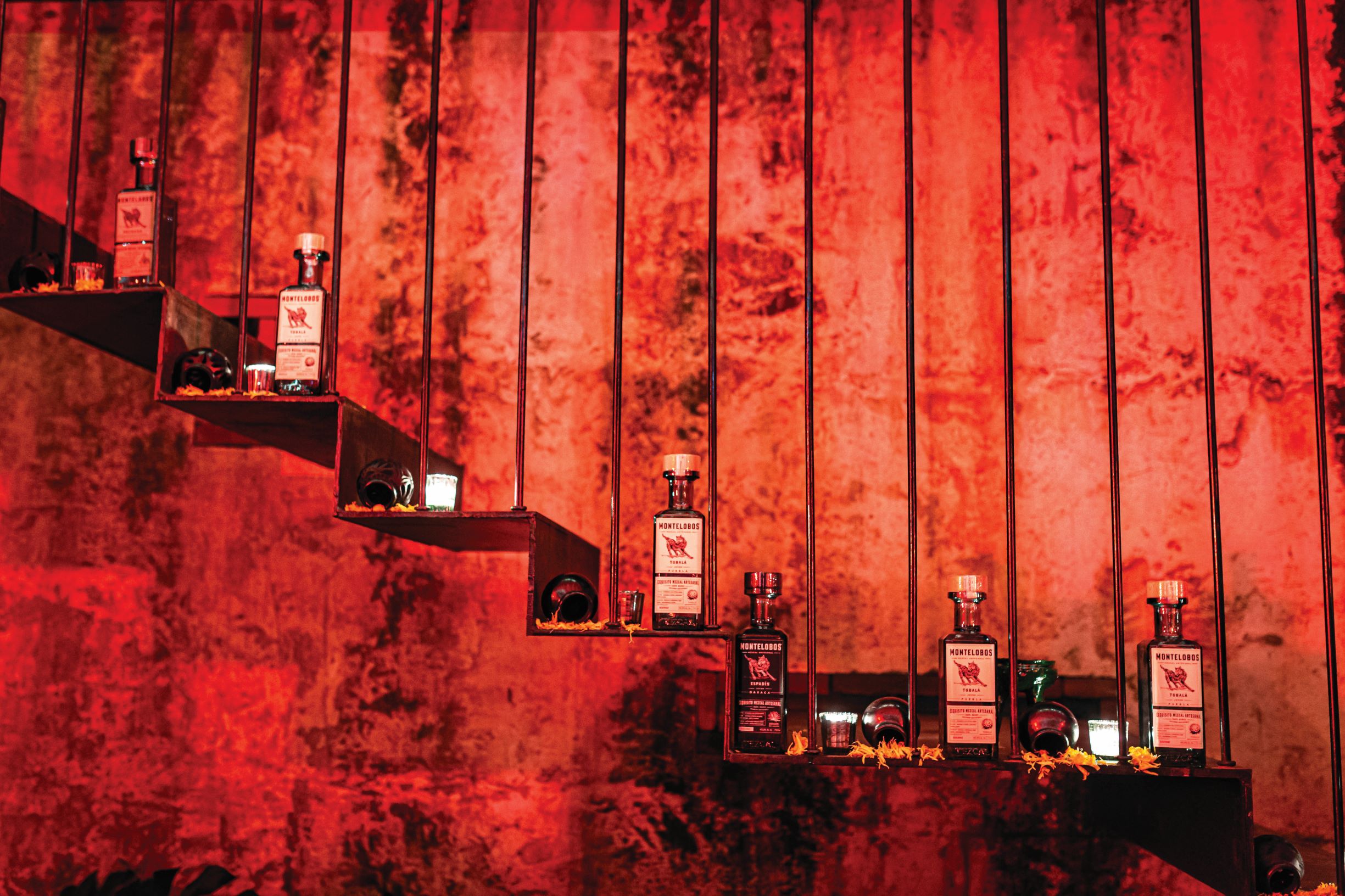
And with this explosive popularity comes, of course, money and international investment. Global conglomerates have entered the ring thirsty to get a foot in the door, snapping up shares in burgeoning brands like Pierde Almas (Diageo), Silencio (Constellation), Ilegal (Bacardi) and Del Maguey (Pernod Ricard). Most recently the Campari Group acquired a controlling interest in Casa Montelobos for a cool $35.7 million.
So think of this as a primer to the spectacular holy nectar—the how, what and why. But it’s critical to note that as agave acolytes spread to the far corners of the world and sales skyrocket, mezcal’s popularity brings with it both wild benefits and unexpected challenges to those who have been conjuring this spirit for around 450 years. Here are the basics.
A Brief History of Mezcal
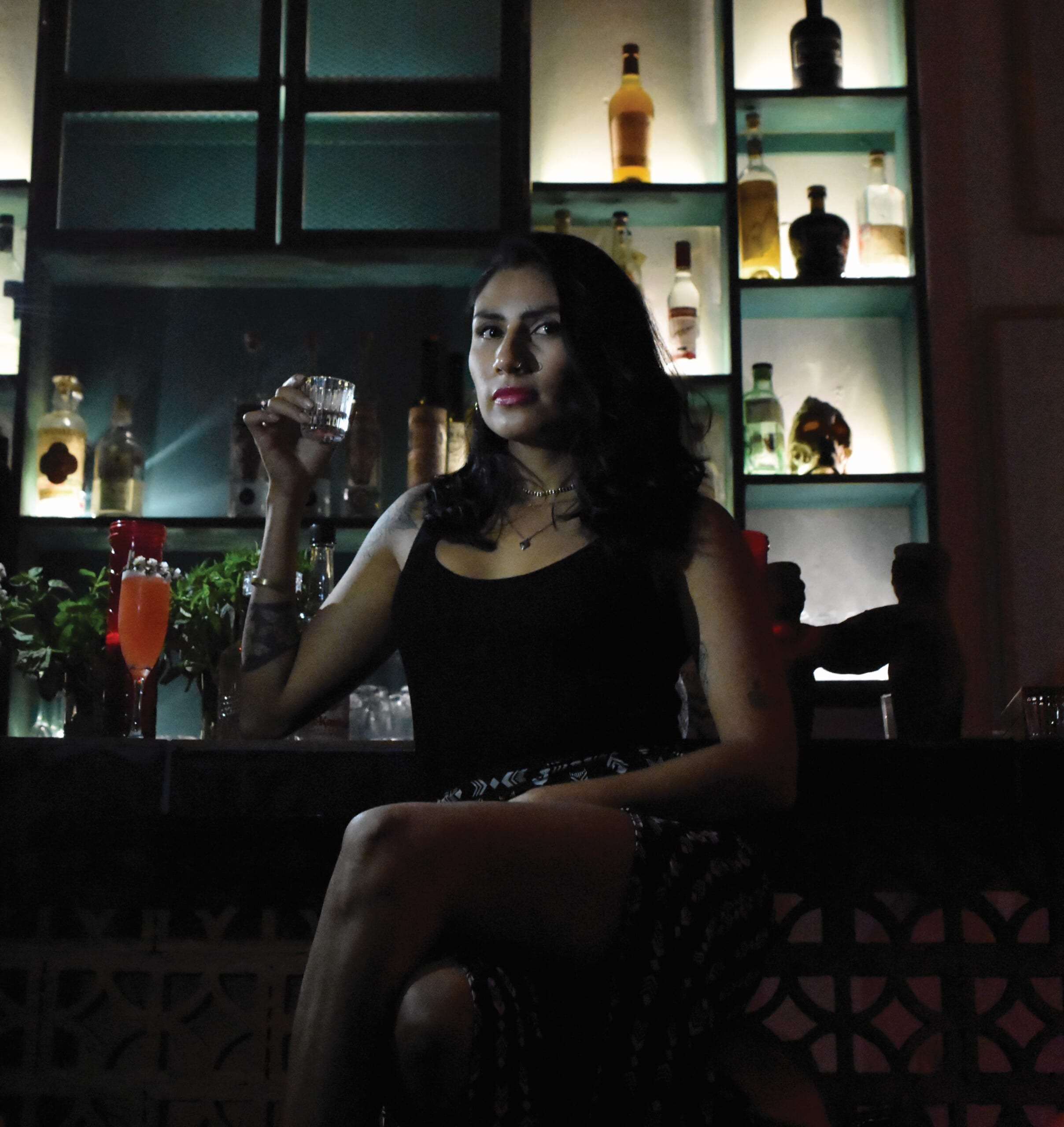
Deriving from the Nahuatl words metl and ixcalli (“cooked agave”), mezcal was historically a catchall term used across Mexico for any spirit distilled from agave (or maguey). Historically this included tequila, but the denomination of origin (DO) laws scripted in 1974 finally defined tequila in a more specific manner—only distilled from Weber blue agave in five states, centering in Jalisco—from the larger mezcal category. Twenty years later mezcal carved out its own rules: distilled only from varieties of the agave genus, in several states centering in Oaxaca. The new DO drew a thick, controversial line in the desert sand between mezcal and the much more popular tequila. More recently even smaller offshoots like raicilla and bacanora have received their own DO designations, further complicating matters.
From there things get pretty wild. More than 200 types of agave grow in Mexico, but fewer than a quarter can be used to make mezcal. Production varies immensely from village to village, mezcalero to mezcalero, palenque to palenque. The terrain in many areas is so rugged and remote that nearby hamlets are cut off from one another, creating pockets of deeply insular culture. Plant species, length of fermentation, type of still and fermentation vats, number of distillations, airborne yeasts, soil conditions, and climate are all variables in the alchemy of a mezcal maestro.
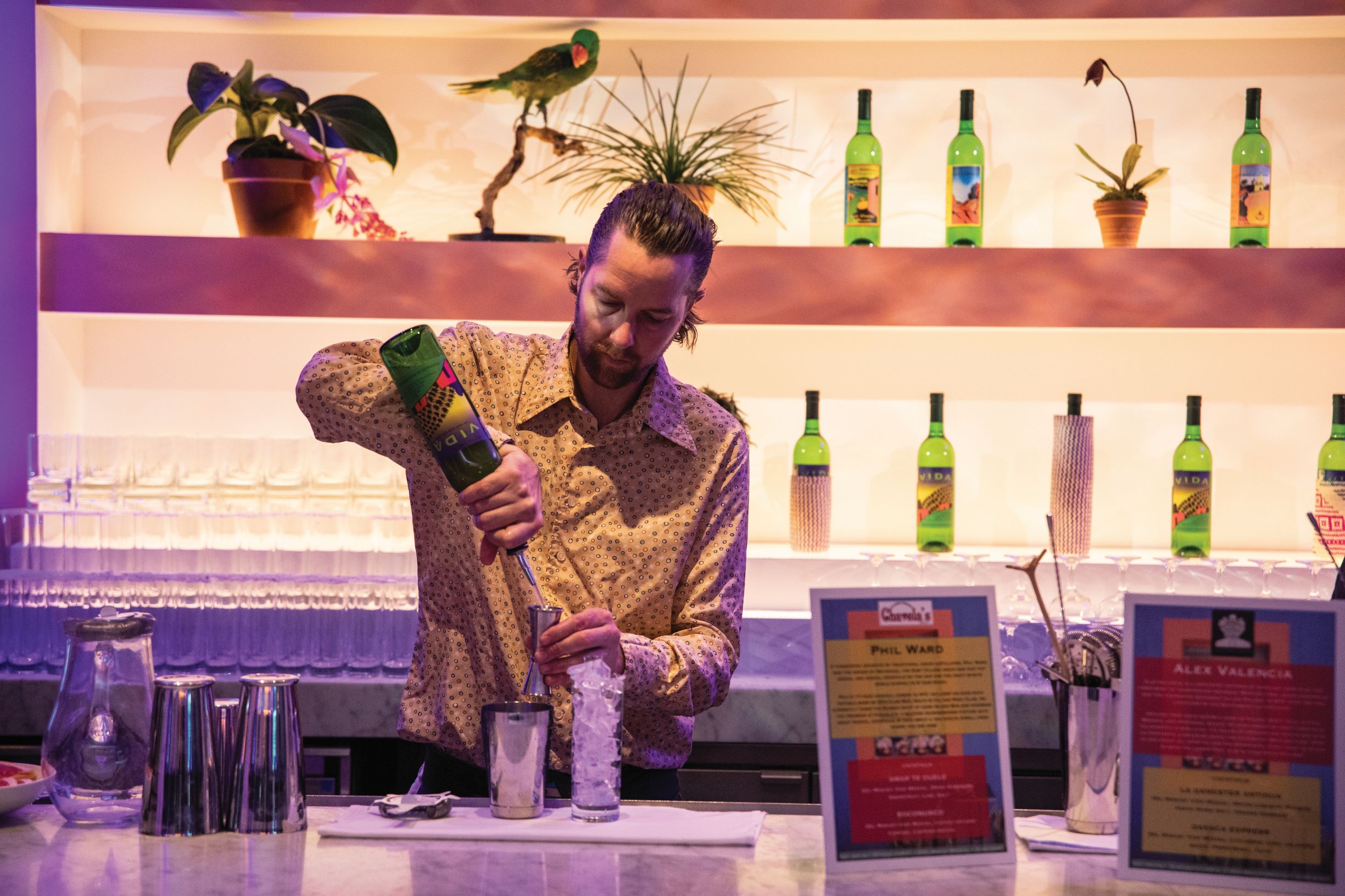
The wild variety of variables in the mezcal algorithm creates a polychromatic stew allowing for arguably the most far-flung flavor profiles of any single spirits category. In fact some experts claim mezcal has the largest DO in the world. There are processes and agaves that yield delicate notes of chocolate and mint; others are herbaceous and piney, or fragrant with bursts of orange blossom. If you stop at “smoky” you’ve totally missed the point.
“When looking at Agave Spirits you are looking at a beautiful rainbow of flavor,” notes Arik Torren, co-founder of Fidencio Mezcal and importer of a portfolio that includes several agave spirits under the Fidencio Spirits banner. “As you travel through Mexico you see big variations on all of these influences which result in a wonderful opportunity for exploration.” This multiplicity results in a wide swathe of product. In 2020 alone, Fidencio Spirits will feature 20 producers, and 24 unique species in its portfolio including agave and sotol (distilled from desert spoon, a plant related to but not agave) using 18 unique types of stills. “Mexico,” Torren gushes, “is amazing.”
If you love that copita of mezcal in your hand, cherish it—you’ll probably never taste it again. Because of the artisanal aspect of the spirit, the alchemy of the maestros and the various wild card elements, it’s nearly impossible for the same batch to ever be exactly replicated. And that ephemerality is part of its sorcery: Especially in comparison to corporate spirits that have been formularized to death, mezcal is — for now, anyway — closer to an esoteric art than a science.
“We believe the history of our family, the legacy of their past and present work, proves mezcal is not based on a chemical or botanical study but rather in our everyday observations of nature,” argues Graciela Ángeles Carreño, a fifth generation mezcalero and general manager of the widely celebrated Real Minero label. “The challenges are with ourselves: perfecting the knowledge they left us, constantly questioning what we do and why we do it.”
To Be or Not to Be Mezcal
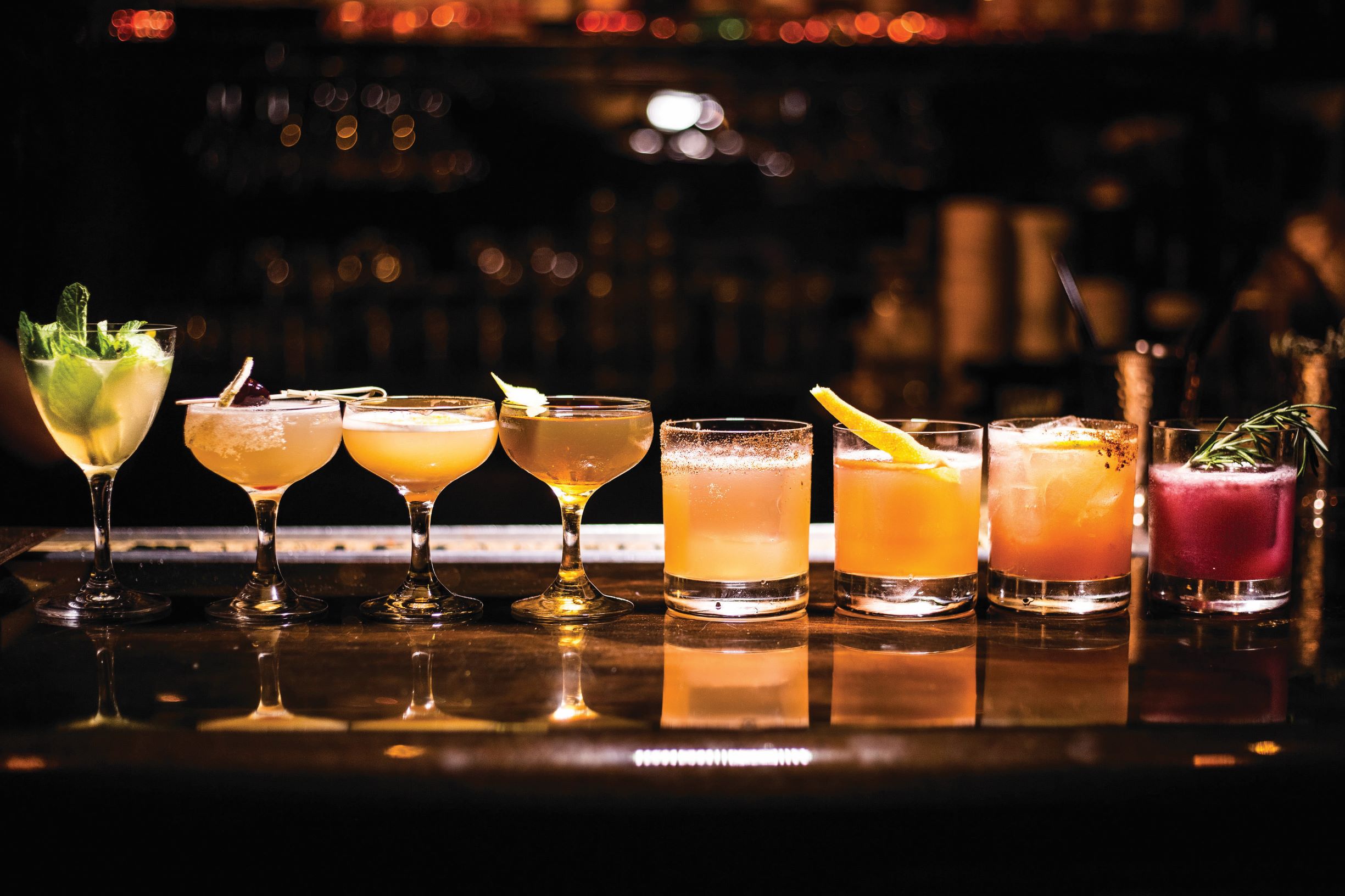
Of course there are agave-based spirits not distilled in states included in either the tequila or mezcal DOs, which further expand what were once all collected under the mezcal banner. The Consejo Regulador del Mezcal (CRM) commenced certification operations in 2003 to set some order to this madness, to ensure mezcal’s continued quality and protect its producers.
Ostensibly, anyway. Instead DO designations have caused manifold problems and full-boil resentment across regions. The exclusion of states that have made mezcal for centuries seems arbitrary, and has wreaked economic turmoil. Most small artisanal producers in the DO cannot afford the certification, and many complain rules have been bent to aid international conglomerates. Sure, costs for certification are small if one produces thousands of cases, but for smaller mezcaleros official certification is prohibitive. All these spirits therefore cannot label themselves mezcal, but rather must use the looser Agave Distillate term. Do not let this designation dissuade you from sampling.
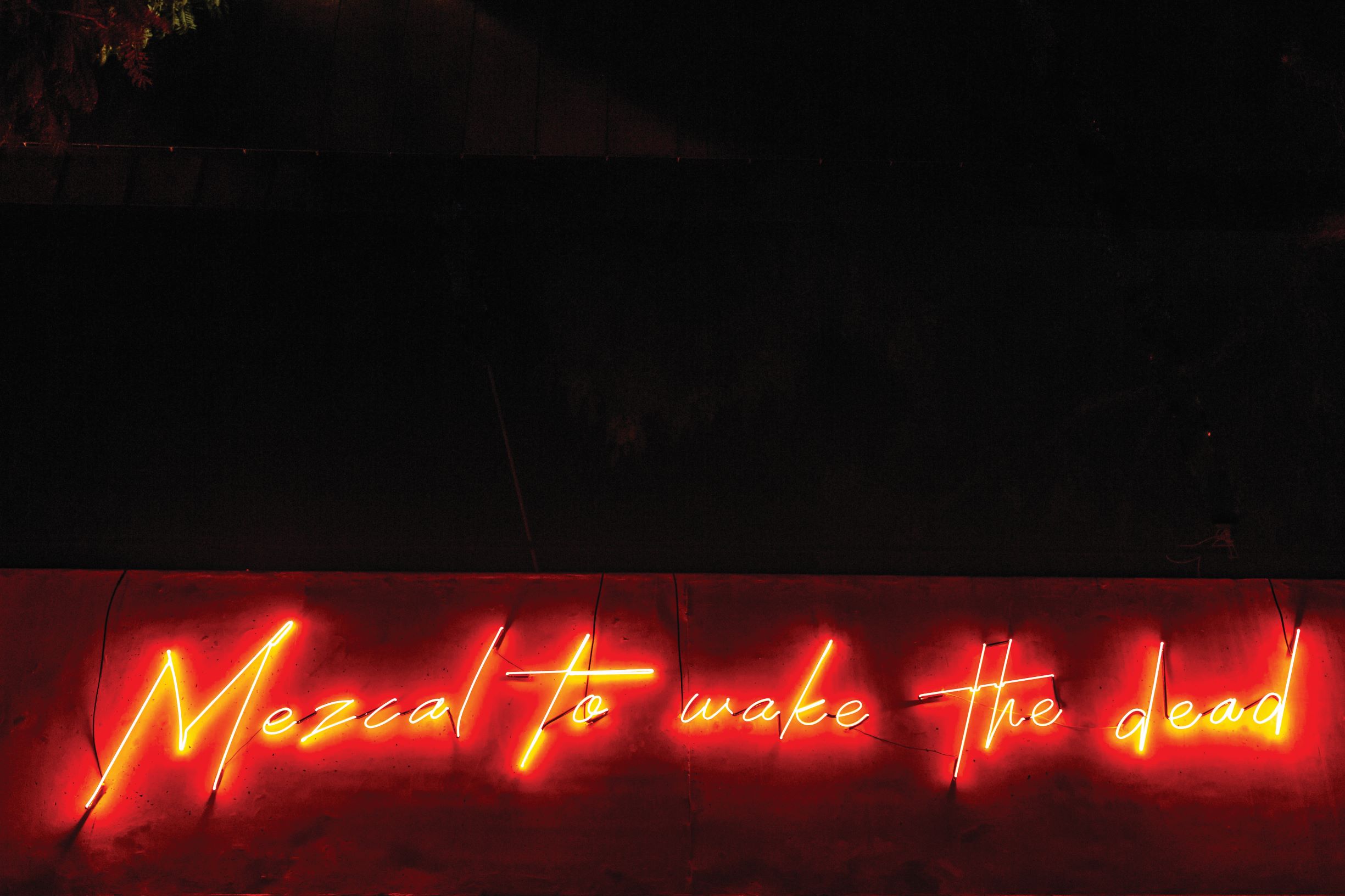
“I disagree with most of the application of the denomination of origin,” states David Suro Piñera flatly. “The problem isn’t necessarily about who the DO is protecting, but rather, who it is not protecting. The focus of the DO should only be on protecting the interests and well-being of the producers.”
Having opened the Mexican restaurant Tequilas in Philadelphia in 1986, Suro Piñera’s agave obsession led him to start importing rare and small-batch mezcals, including acclaimed labels like Mezonte, Siembra Spirits (of which he is founder and president) and Don Mateo de la Sierra. Now Suro Piñera takes the health of the agave personally. He elaborates that DO rules for mezcal were essentially copy-and-pasted from those of tequila, and fears the same corporatized standards that adulterated a once-great spirit could do the same to its so-called smoky cousin. “That,” he argues, “is the wrong direction.”
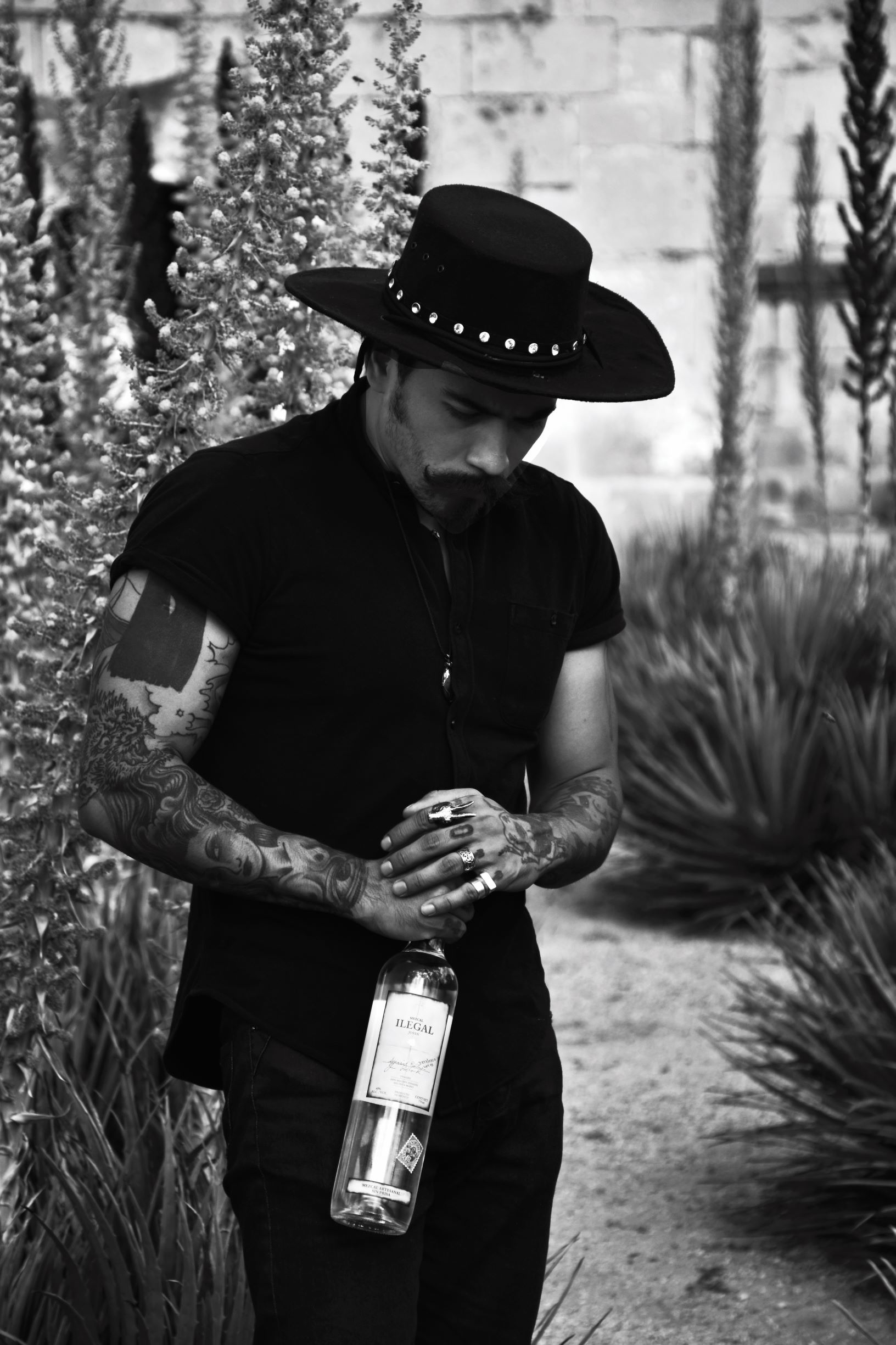
Cinco Sentidos’ founder Jason Paul Cox, whose exquisite spirits cannot be labeled mezcal because they lack the CRM’s blessing, describes bureaucratic interventions like forcing the distilleries he sources from to modify their recipe, or endure visits from CRM inspectors as a nuisance for his producers.
“The last thing I want to do as a brand owner is to force a mezcalero to change a centuries-old family recipe in order for their mezcals to comply with some arbitrary certification standards,” he explains, pointing out illogical criteria such as unduly low levels of methanol allowed for a spirit that is both fermented and distilled with fibers intact. The traditionally high ABV of natural mezcal — usually between 45-55% — makes it very hard to certify without proofing (aka watering down) to 40%, anathema to agave purists.
“Some of these producers have been distilling for over four decades,” Cox points out. “Just because their spirits may not comply with a lab test doesn’t mean that they aren’t exceptional.” At the end of the day the industrialization of a traditionally artisanal activity needs to be carefully strategized—both for the preservation of the spirit’s quality and for the livelihoods of the maestros and families that preserved this art form for half a millennium.
A Guide to Agaves
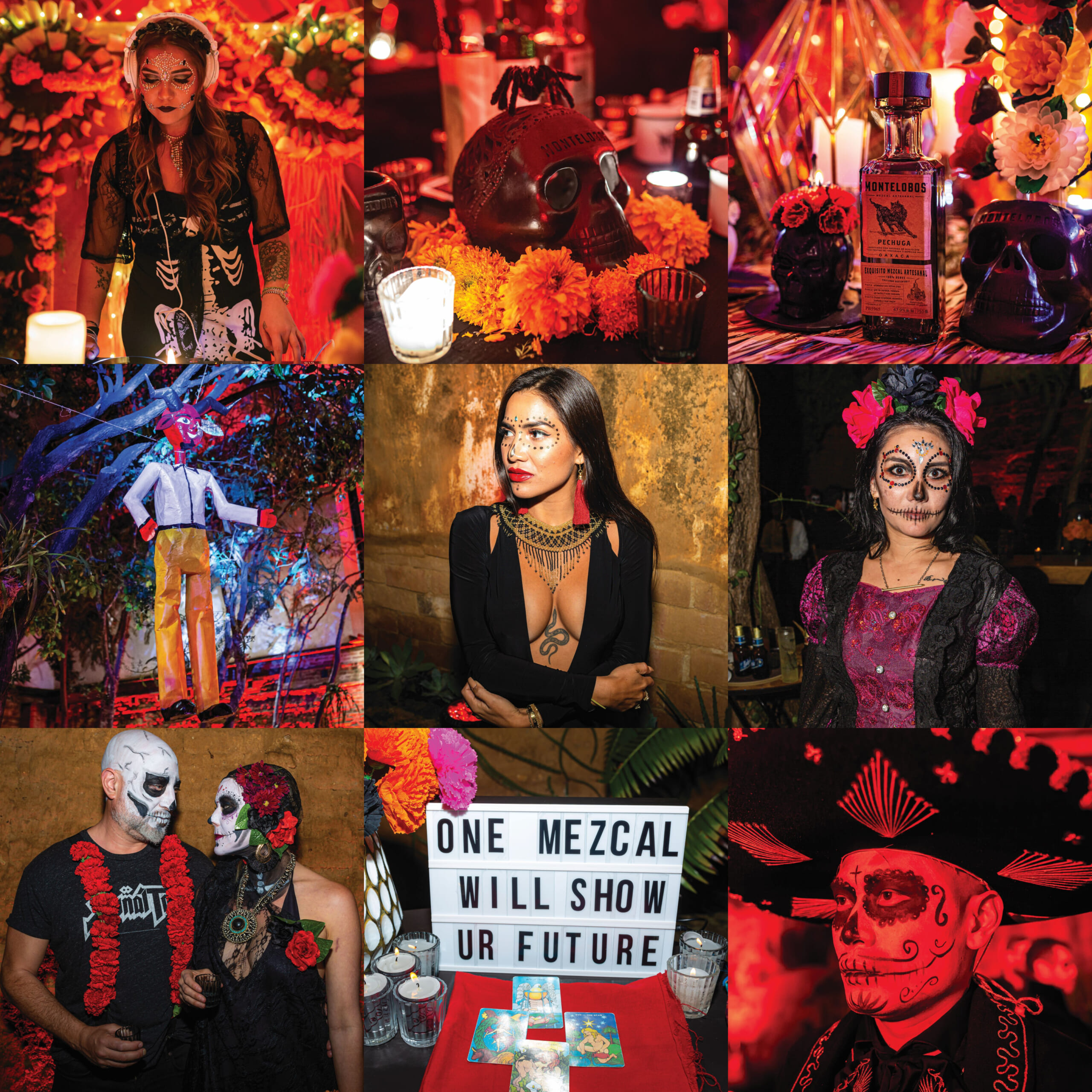
The spiritual home of mezcal, Oaxaca, is one of Mexico’s poorest states, and also home to the largest percentage of Zapotecs. Walking the streets of its capital the sense of authenticity is impossible to miss; an ancient mysticism seems to radiate from the cobblestones. This otherworldliness feels especially acute during Día de los Muertos (Day of the Dead), the annual homage to celebrate those who have passed. The primitive festival’s connection to the great unknown— never mind the spectacular costumes and villagers twirling in the moonlit avenues—feels like strolling through a beautiful but alien planet.
https://www.instagram.com/p/B9nMPF0lMcf
A visit to Oaxaca’s palenques, or simple mezcal distilleries, only strengthens this vague feeling of terroir. The clay ovens and mule-powered tahonas crushing agave strike a stark contrast to the gleaming modern tequila factories just a couple states away. Mezcal can only come from this nation’s arid soil; you get the indelible feeling its plants are the Earth’s gift to the people.
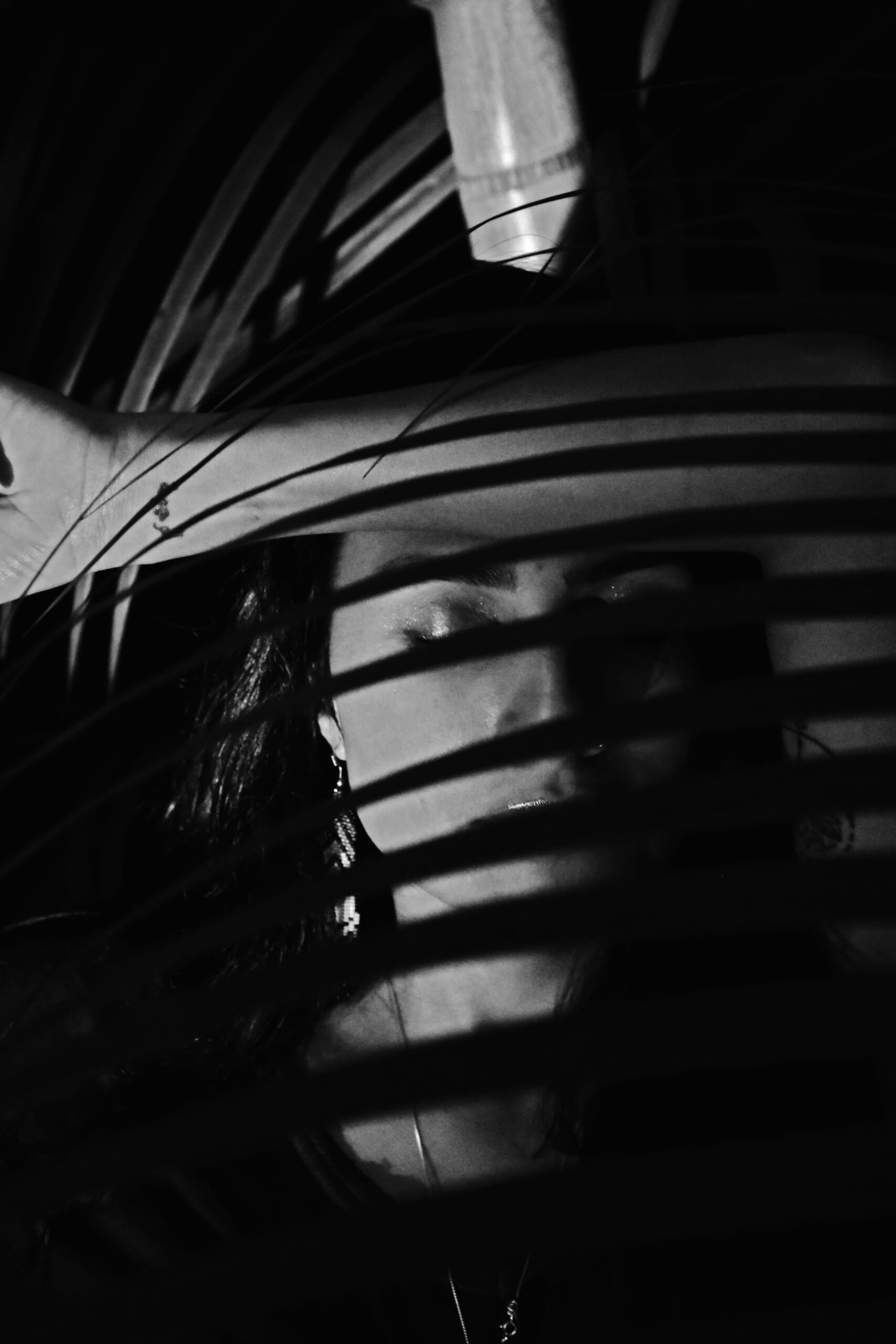
Silvestre, or wild agaves, can take anywhere from seven to 25 years to mature so sustainability is certainly an issue. Some of these plants are very rare, grow on difficult to reach clifftops and require many piñas to make a single bottle. As they become more coveted and expensive, over-harvesting and even poaching has become a serious concern. Entire books can be written on the subject, but many labels like Ilegal, Montelobos and others are pledging to use only cultivated agaves like espadín, which is efficiently farmed like tequila’s blue Weber. Del Maguey claims to have grown one-and-a-half-million agaves, while others have policies of replenishing three or more plants for every silvestre harvested.
Award-winning Sombra Mezcal favors sustainability efforts that go so far as upcycling agave fibers and byproducts into bricks for building homes; Amarás commits 15% of all profits to local ecological, economic and social sustainability projects; Banhez is a cooperative owned by more than 35 mezcalero families themselves, meaning they pilot their own futures.
With dozens of agave varieties used across Mexico to create traditional mezcals, the flavor palettes attainable from these plants is kaleidoscopic. Espadín is the most widely cultivated and therefore popular (and sustainable), although Casa Montelobos has flourished with tobalá as well.
When you create an ensamble, or blend of two or more agaves, the palate blossoms into even wider spectrums of flavor. All of which to say is there’s an abundance of magical, mind-meltingly delicious agave distillates worth hunting for like the Yeti. And while there is no magical formula for divining a good mezcal by sight alone, maestros can discern a lot about quality and ABV simply by shaking the bottle and reading las perlas, aka the bubbles, like tea leaves.
The Fine Print
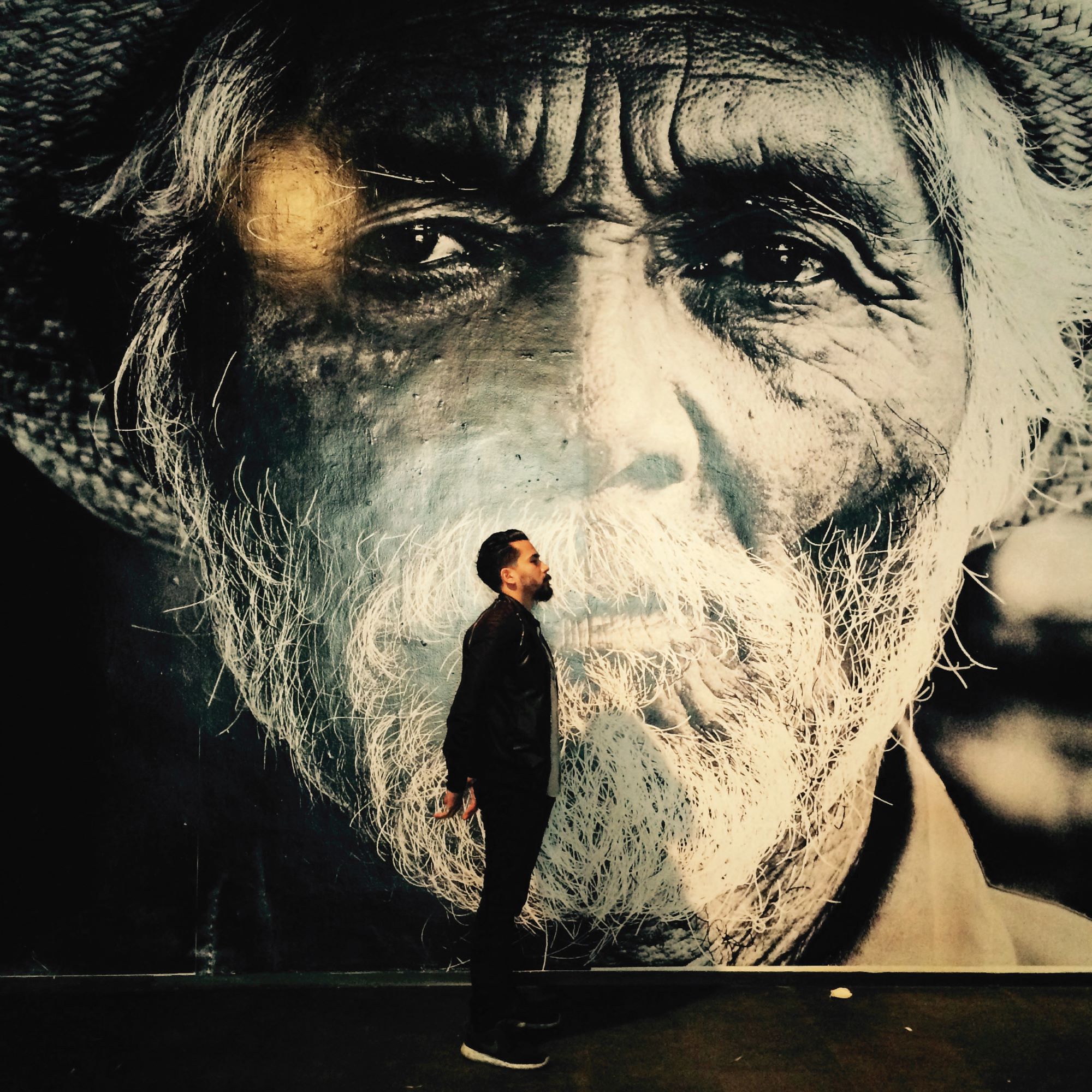
Certainly there is quality in larger mezcals, with resources available to invest great time and energy into producing the finest nectar. So while it is critical to support the small artisanal mezcalero, don’t let that stop you from enjoying a sustainably sourced espadín from a nationally distributed brand. For instance Del Maguey’s Ron Cooper, considered the American godfather of mezcal as our country’s first importer, has slowly grown his brand with great care and attention.
“I started this thing as an art project to make sure that me and my friends had the best mezcal, and it wasn’t until seven years ago that it became a [moneymaking] venture,” explains Cooper. He points out this month Del Maguey proudly celebrates its 25th anniversary, saying every dollar for the first 17 years went back into the brand. “It never was a business for me. And I think that passion, converting one person at a time, nose-to-nose, for all those years has really paid off. Because we’re really authentic, we’re a family company. Not one producer has ever left us in 25 years, and that’s a miracle in itself.”
https://www.instagram.com/p/B7E0qUcF8-a
One thing most esteemed mezcaleros argue for, whether artisanal or high-volume, is promoting transparency in the industry—both holistically and in labeling. Because of this many brands have unofficially united in a pledge to clearly state the most pertinent info on their labels, and this is something to look out for when perusing unknown bottles on a shelf.
Pay attention to elements like: who (distiller, family); what (agave species, type of still, mashing style); where (village or city, state); and how much (quantity produced). Other details like cooking process, fermentation, and post-distillation adjustments may also be displayed. While this level of transparency certainly is not a flawless guarantee of quality, chances are that if producers are willing to be this forthright, then they consider their product a badge of pride.
Come back next week for our MEZCAL BUYING GUIDE with suggestions from some of America’s top agave enthusiasts.
